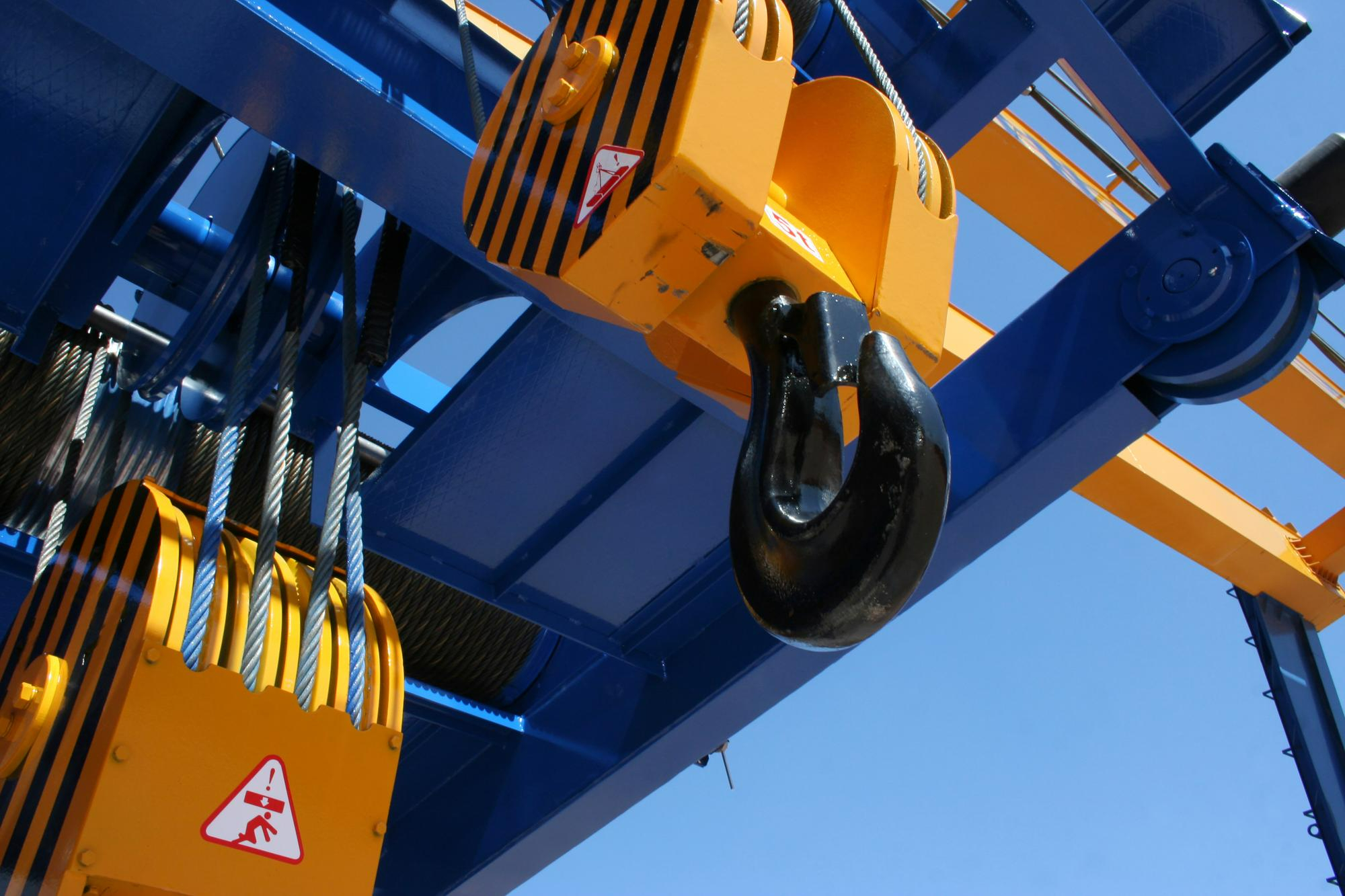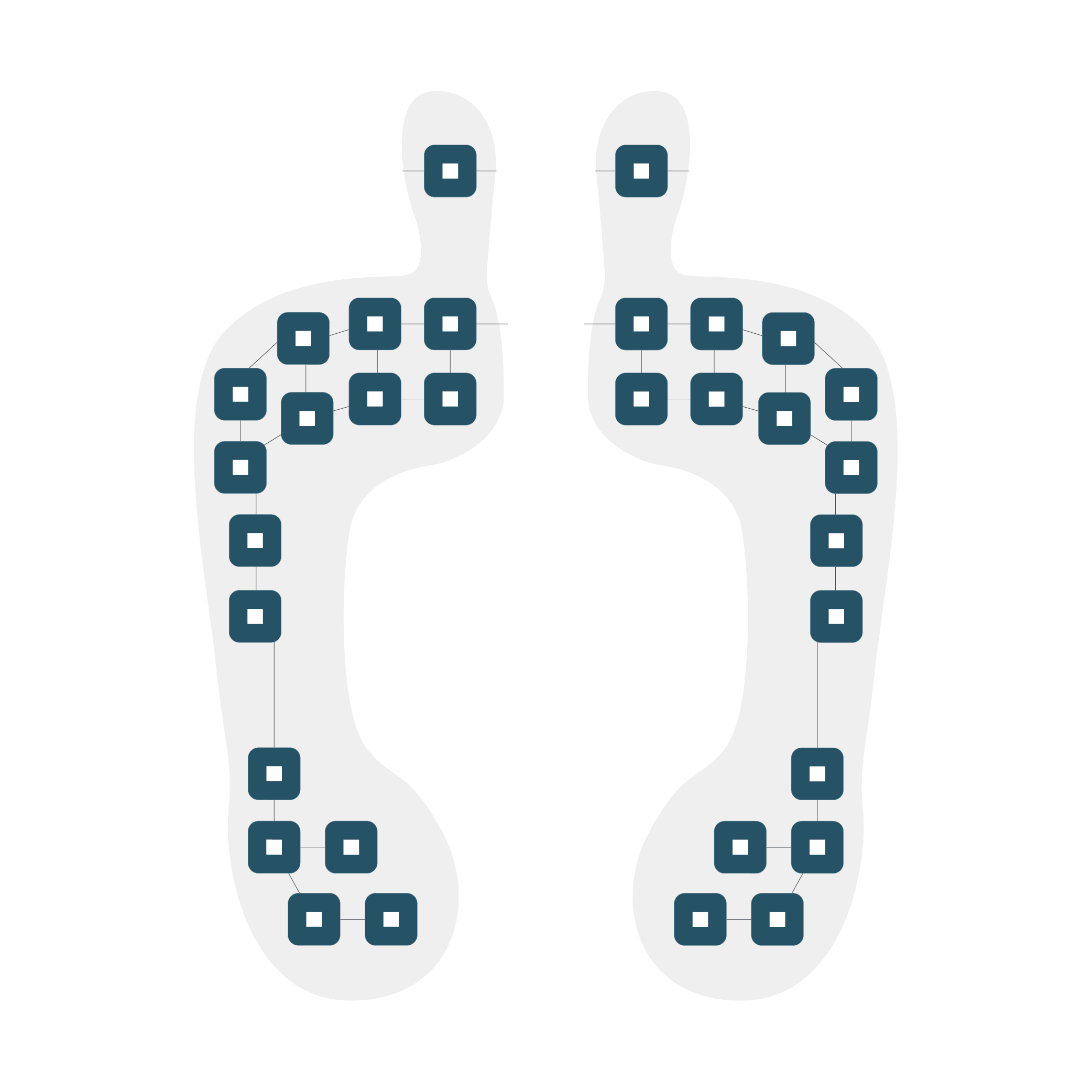In today’s fast-paced world, staying ahead of the curve is paramount for businesses striving to maintain a competitive edge. One of the most effective ways to achieve this is by leveraging the capabilities of wireless sensor platforms. These innovative solutions offer a myriad of benefits that can revolutionize various industries, from manufacturing and healthcare to agriculture and logistics.
Understanding the Wireless Sensor Platform
What is a Wireless Sensor Platform?
A wireless sensor platform is a sophisticated system of interconnected sensors capable of gathering and transmitting data wirelessly. These sensors can monitor a wide range of parameters, including temperature, humidity, pressure, motion, and more, depending on the specific application requirements.
Wireless sensor platforms can be used to monitor the conditions within storage facilities. These sensors track temperature, humidity, and air quality to ensure that perishable goods, such as pharmaceuticals and food products, are stored under optimal conditions. If any parameter deviates from the set standards, the system alerts the warehouse manager, who can then take immediate corrective actions. This helps in maintaining product quality, reducing spoilage, and ensuring regulatory compliance.
Components of a Wireless Sensor Platform
- Bluetooth Sensor: These sensors utilize Bluetooth technology to wirelessly communicate data to a central hub or control unit. They are widely used in IoT (Internet of Things) applications due to their versatility and ease of integration.
- IMU Sensor: An IMU sensor is capable of measuring and reporting a device’s specific force, angular rate, and sometimes magnetic field, using a combination of accelerometers, gyroscopes, and magnetometers.
- IMU AI: IMU sensors enhanced with artificial intelligence (AI) algorithms can analyze data in real-time, providing valuable insights and predictive analytics to optimize processes and decision-making.
The Advantages of Implementing a Wireless Sensor Platform
Enhanced Efficiency and Productivity
By continuously monitoring critical parameters in real-time, it enables businesses to identify inefficiencies and streamline operations proactively. Whether it’s optimizing manufacturing processes, monitoring equipment health, or tracking inventory levels, these platforms empower organizations to make data-driven decisions that drive efficiency and productivity.
Cost Savings and Risk Mitigation
The proactive monitoring capabilities of these platforms help businesses identify potential issues before they escalate into costly problems. By detecting anomalies early on, organizations can implement preventive maintenance measures, minimizing downtime, reducing repair costs, and mitigating the risk of catastrophic failures.
Improved Quality Control and Compliance
In industries where quality control and regulatory compliance are paramount, these sensors play a crucial role in ensuring adherence to standards and regulations. By continuously monitoring and documenting critical parameters, businesses can maintain consistent product quality, track compliance, and demonstrate due diligence to regulatory bodies and stakeholders.
Real-Time Insights and Decision-Making
With the ability to collect and analyze data in real-time, these smart sensors provide businesses with actionable insights that drive informed decision-making. Whether it’s optimizing production schedules, predicting maintenance needs, or identifying market trends, organizations can leverage data-driven intelligence to stay ahead of the competition and capitalize on emerging opportunities.
Applications of Wireless Sensor Platforms
Manufacturing and Industrial Automation
In manufacturing and industrial environments, these smart sensors bolster operations by enabling predictive maintenance, optimizing supply chain logistics, and enhancing overall efficiency and safety.
Healthcare and Remote Patient Monitoring
In the healthcare sector, such platforms empower healthcare providers to remotely monitor patients’ vital signs, track medication adherence, and detect early warning signs of medical emergencies, leading to improved patient outcomes and reduced healthcare costs.
Agriculture and Environmental Monitoring
In agriculture and environmental monitoring applications, these sensors facilitate precision farming, soil moisture monitoring, and climate control, helping farmers optimize crop yields, conserve resources, and minimize environmental impact.
Smart Cities and Infrastructure Management
In urban environments, wireless sensors support smart city initiatives by enabling intelligent transportation systems, energy management, and public safety applications, enhancing quality of life and sustainability.
Conclusion
In conclusion, the adoption of wireless sensor platforms represents a transformative opportunity for businesses across various industries to enhance efficiency, reduce costs, and gain a competitive advantage in today’s digital landscape. By leveraging the power of real-time data insights, organizations can stay ahead of the curve while driving innovation in an increasingly interconnected world.

